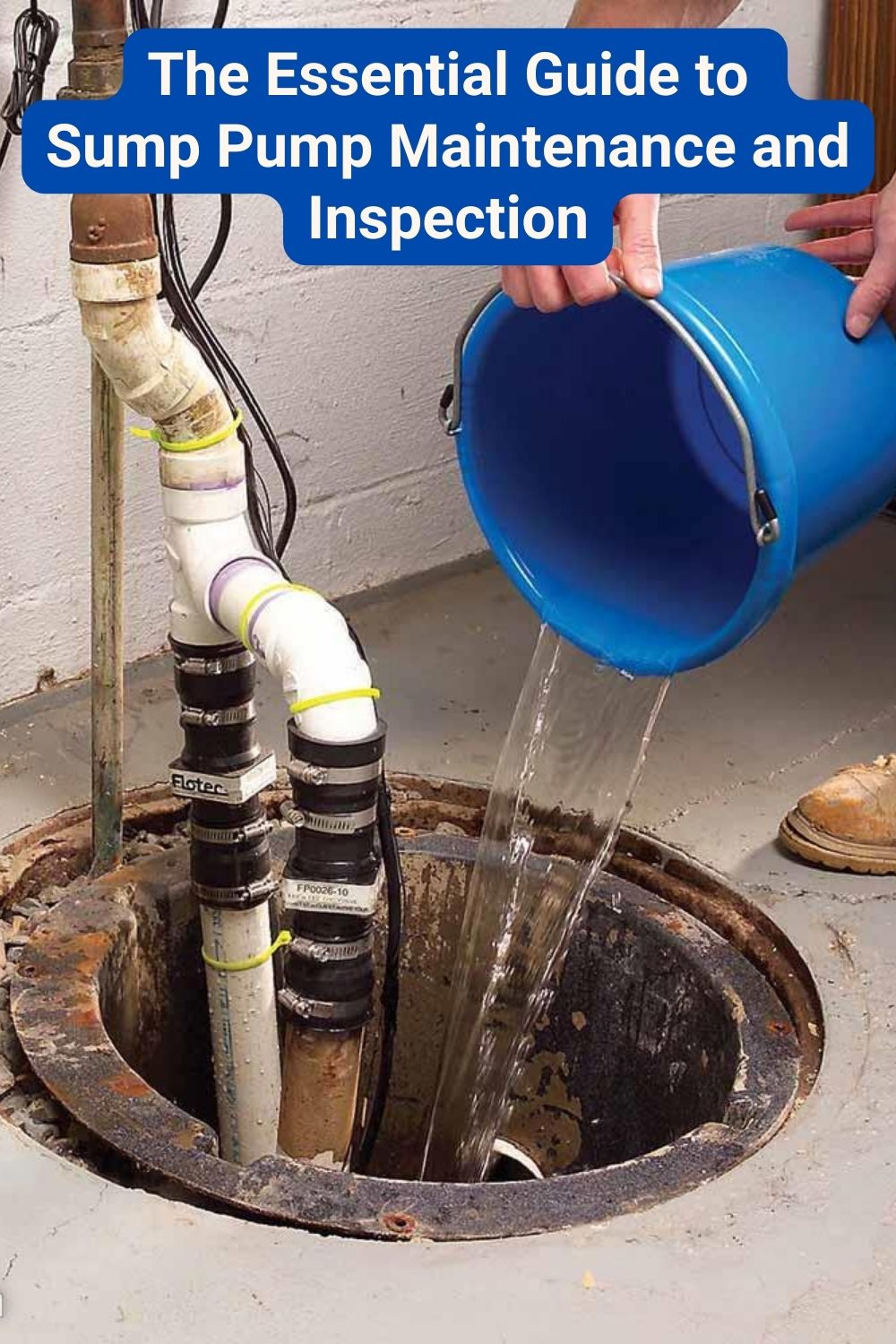Does your toilet make a hissing noise when flushed or when the tank is filling? A noise like this usually indicates water leaking from the tank into the toilet bowl. This issue is not just an annoyance. It also leads to increased water usage and potentially higher water bills.
You can usually resolve the issues causing a toilet to make a hissing noise quickly and easily once you understand the reason behind the hissing. Most of the time, the noise is related to a problem with the parts inside the toilet tank. Fortunately, this is typically a relatively simple issue that many homeowners can fix on their own without the help of a plumber.
With the proper tools and a bit of time, many homeowners can repair these issues without the help of a plumber. However, if the hissing noise continues, it might be time to call in a professional. A licensed plumber can diagnose and repair your toilet, avoiding potentially more expensive repairs down the road.
Here are the steps you can take to stop your toilet from making a hissing noise.
Fill Valve
Over time, debris and sediment build up inside the toilet. This can lead to the fill valve deteriorating. If the fill valve becomes blocked or defective, you will have too much or too little water after each flush. The hissing sound indicates that the fill valve still lets a little water into the tank. The valve has not shut off the water flow like it is designed to do.
Sometimes all you need to do to remedy this is to clean the valve well. Start by rinsing the seal and the valve under running water. If debris remains visible after rinsing, you may need a cleaning solution to remove mineral or calcium deposits. Inspect the parts for damage as well. If the old components are damaged, you will need to replace them. You should be able to purchase the parts at your local hardware store.
Float
The float controls the inflow of water into the toilet tank. It prevents a toilet from overflowing. If the float is not working correctly, it can raise the chain that attaches to the flapper, breaking the seal. Water leaks between the flapper and the seal can cause a hissing sound.
Inspect the float to check if any puncture holes or other damage would cause it to take in water and sink. If the float is damaged, it needs to be replaced.
Flapper
The flapper is connected to the bottom of the flush valve. When the flush valve closes, a flapper in good shape will block the draining hole to keep water from flowing out of the tank. Flappers are rubber; over time, they can deteriorate, or sediment can build up.
If the seal is not tight enough, it will allow excess water to leak through small openings. Check the flapper’s condition and clean it with water or a mineral cleaning solution. If the flapper isn’t closing correctly or appears warped or distorted, you will need to replace it.
Flapper Chain
The flapper chain connects the flapper to the flush lever. The chain is attached to the flush lever bar by a small metal clip and connects to the flapper valve with a small metal ring. It can be reattached if it has fallen off the flush lever.
However, if the chain is rusty or broken, it should be replaced. The flapper chain must be sized correctly, or the toilet will not function properly because the chain will prevent the flapper from connecting properly with the drain. If the chain is too long, it may slip under the flapper and interfere with the seal.
If the chain is too short, it won’t allow the flapper to sit correctly. The resulting gap formed in both instances will allow water to leak out. Adjust the chain to the recommended size, leaving about 1/2″ of slack.
Water Supply to the Toilet
A hissing sound coming from the toilet is an issue that can cause the tank refills with the water supply. If the problem stems from a water supply issue, you will hear the hissing noise when the toilet flushes.
Also, you might see the toilet either flushing slowly or not flushing all the way. First, you will need to locate the water supply valve to fix this problem. Then, adjust the flow until it seems ideal. Lastly, you will test the toilet by flushing it again to see if the hissing noises stop and if the toilet appears to flush at its usual rate.





Leave a Reply